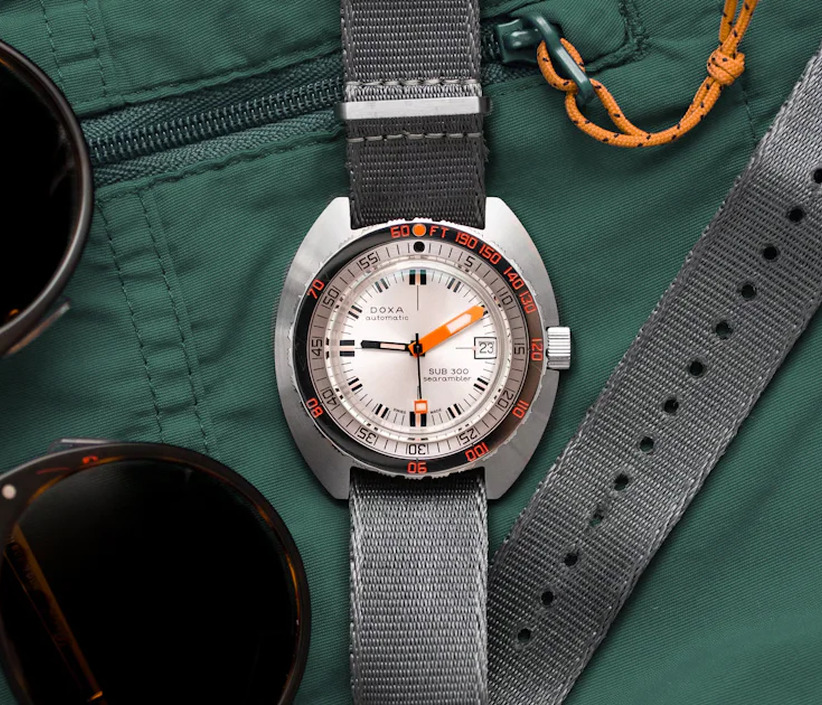
The ocean doesn’t forgive mistakes—and neither does a Doxa. These Swiss timepieces, born in the golden age of SCUBA, didn’t just tell time; they defied it. Like a diver’s knife cutting through murky depths, Doxa’s designs sliced through horological conventions with their audacious orange dials and unapologetic tool-watch ethos.
Jacques Cousteau, the patron saint of underwater exploration, didn’t just wear a Doxa—he validated it. The Sub 300, launched in 1967, wasn’t merely a watch; it was a co-conspirator in humanity’s conquest of the abyss. Its bezel didn’t just rotate—it
decompression stops like a mechanical lifeguard.
Yet Doxa’s history isn’t a straight shot to the surface. Imagine a shipwreck’s treasure map, fragmented by corporate acquisitions and quiet revivals. As one horological archaeologist noted: "Their past is as layered as coral growth—scratch the patina, and you’ll find stories that could rust a Rolex."
The recent Sub 200T release proves Doxa still swims against the current. While other brands chase thinness or complications, these timepieces cling to their DNA like barnacles to a hull—unfashionable, unyielding, utterly essential.
For collectors, a Doxa isn’t just a timekeeper. It’s a brass dive helmet for the wrist—a relic from when watches were passports to places humans weren’t meant to go.